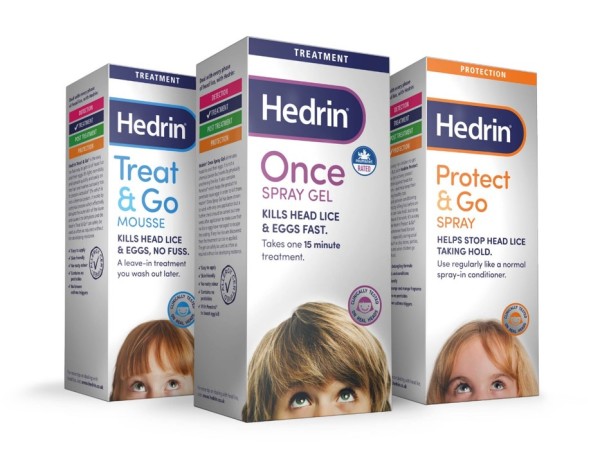Discovering your little one has head lice is not the best of all days – let’s be honest it’s a bit of a pain. You have to get all hands on deck, getting everyone and everything sorted. But, it can be done and you shouldn’t feel embarrassed about it – most people have head lice at least once in their life.
Here are the facts you need to know
1. What are head lice exactly?
Head lice are tiny parasitic insects that generally live on the scalp, enjoying your body heat. Hiding in your hair, they feed on blood and can cause the scalp to feel itchy.
A louse can live for up to 30 days and is capable of laying eight eggs each day. Eggs, also known as nits, are attached to the hair and can be brown, tan or yellow in colour. Once the louse has hatched, the eggs become white or even transparent.
2. What do they look like? What do they feed on? Can they jump? How often do they reproduce?
- Head lice are reddish-brown wingless insects.
- They do not live on pets.
- They feed on human blood three-to-four times daily.
- Head lice can't live off the human host for more than 24 hours.
- Females can lay up to 100 eggs and require just one mating to be fertilised.
- They are able to reproduce in 10 days; live eggs hatch in seven-to-10 days.
- Head lice are mainly transmitted by head-to-head contact but can also be spread through the sharing of personal articles.
- Despite the myth, they can't hop, jump or fly.
3. How do I know we have them?
Checking for head lice should be a normal part of your child’s routine, like brushing their teeth or washing their hair, instead of being saved for when you get a note home from school.
The best time to check your little one’s hair good time is having their hair washed. You can even do it in front of the TV so they have something to entertain them while you comb through their locks.
Divide the hair into small sections and comb through them methodically. Prime spots for lice include behind the ears, nape of the neck and top of the head.
Adult lice at 2-4mm in size, while younger lice are smaller. Once the louse has hatched from the eggs, they become white or even transparent.
4. What should you do if your child has head lice?
If you discover your child has head lice, you should notify their teacher immediately. Schools will often send a note home when another parent informs them that a child has lice or if the school has noticed an outbreak in the school.

Another option is Hedrin® Once - a fast acting solution that takes just 15 minutes to work. This is a thicker gel formulation which contains Penetrol® to aid the penetration of the louse egg. It is fast acting to shorten treatment time and is clinically proven to kill head lice and eggs with just one application
Hedrin have a great preventative conditioning spray called Protect & Go, which is clinically proven to help protect against head lice. The water-based treatment can be applied to wet or dry hair after shampooing and disrupts the life cycle of head lice, preventing an infestation.
Brought to you by








